AFI
SOURCE: AFI


According to a report by Intelligence Online, Air Chief Marshal Hasan Mahmood Khan of the Bangladesh Air Force (BAF) has recently again made a case in Washington for the acquisition of F-16 fighter jets. This isn’t the first time Bangladesh has sought these American aircraft; a similar plea was made back in 1999, highlighting a persistent interest in bolstering its air capabilities with U.S. technology.
In 1999, the United States declined Bangladesh’s request to purchase F-16s, a decision influenced by geopolitical considerations and concerns over regional stability. Fast forward to the current scenario, the U.S. is once again showing reluctance. Last time, the American hesitation stemmed from Bangladesh’s move to procure Russian MiG-29 jets. State Department officials back then had expressed concerns about this deal, that they have held several discussions with Bangladeshi officials to voice these worries.
Continue readingSOURCE: AFI


The Aeronautical Development Agency (ADA) is on the cusp of a significant milestone in the development of the Light Combat Aircraft (LCA) Tejas MkII with the operationalization of its Iron Bird test facility. This facility, set to be up and running in the next few months, is crucial for ensuring the aircraft’s systems are thoroughly tested before its maiden flight.
The Iron Bird, as the name implies, is a full-scale mock-up of the Tejas MkII where every aspect of the aircraft’s functionality can be simulated and tested. This test rig is specifically designed to evaluate the aircraft’s Flight Control System (FCS) in both open and closed loop modes, with or without a pilot in the loop. This setup includes a comprehensive array of subsystems such as the cockpit, avionics suite, external visual simulation, and all Line Replaceable Units (LRUs) of the Integrated Flight Control System (IFCS), all interfacing with the central Digital Flight Control Computer (DFCC).
Continue readingSOURCE: AFI
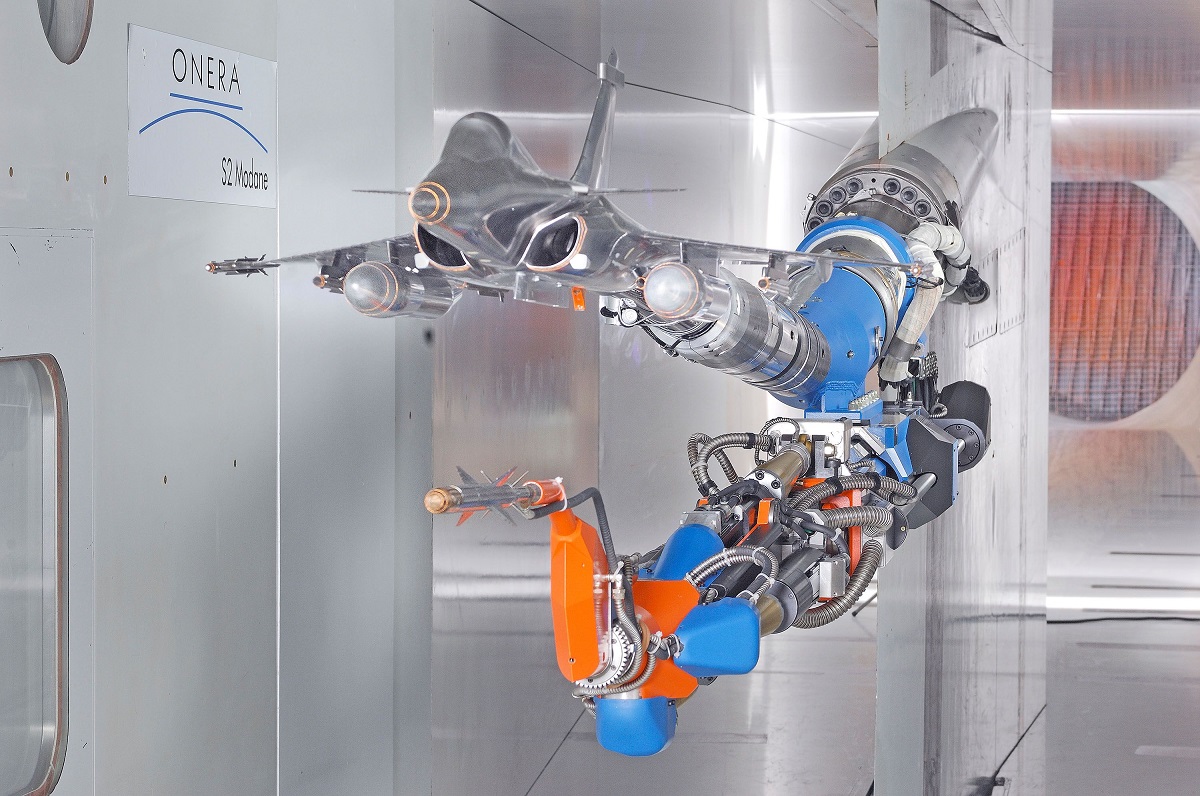

In a significant revelation made on Thursday, S. Somanath, Chairman of the Indian Space Research Organisation (ISRO), highlighted a critical gap in India’s aerospace industry – the lack of sufficient aerodynamic testing facilities. Speaking at the SAROD 2024 event organized by the Vikram Sarabhai Space Centre (VSSC), Somanath stressed the urgent need for substantial investment to bolster India’s capabilities in this area.
Somanath pointed out that many essential tests, including jet simulations, have been conducted outside India due to inadequate local facilities, stating, “Many of the testing, including jet simulations, could not be achieved with sufficient confidence in India.” This reliance on foreign facilities for aerodynamic testing has been a bottleneck for Indian aerospace development, particularly for projects under the Aeronautical Development Agency (ADA) and Hindustan Aeronautics Limited (HAL).
Continue readingSOURCE: AFI


The Ministry of Defence has awarded a ?13,500 crore contract to Hindustan Aeronautics Limited (HAL) for the procurement of 12 additional Sukhoi-30 MKI fighter jets for the Indian Air Force (IAF). These aircraft will replace fighters lost in crashes and accidents over the years, maintaining the IAF’s operational readiness.
The Sukhoi-30 MKI, a cornerstone of the IAF’s fighter fleet, has a sanctioned strength of 272 aircraft. Currently, 260 are in active service, spread across 13 operational squadrons and technical establishments such as the Tactics and Air Combat Development Establishment (TACDE). The new contract ensures the fleet remains robust and operationally effective, with deliveries expected to be completed within the next few years.
Continue readingSOURCE: AFI


The recent depiction of Canadian Hindus as extremists in Season 8, Episode 7 of the TV show S.W.A.T. is both troubling and irresponsible. By distorting historical realities and perpetuating harmful stereotypes, the episode trivializes the complex issue of Khalistani terrorism and unfairly maligns the Hindu community.
A particularly egregious element of the episode is its description of the Air India Flight 182 bombing—the deadliest act of aviation terrorism before 9/11—as “allegedly” carried out by Khalistanis. This contradicts well-documented evidence implicating Khalistani extremists in the 1985 bombing, which claimed 329 lives. The Canadian government’s own inquiry confirmed their role, leaving no room for ambiguity. By casting doubt on this established fact, the show not only disrespects the victims but also trivializes a dark chapter in history.
Continue readingSOURCE: AFI
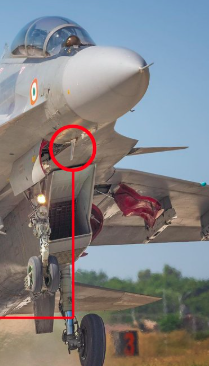

In a significant development for India’s defense technology ecosystem, Astra Microwave Products Limited, in collaboration with Rafael Comsys Private Limited, has secured a ?255.88 crore order from the Ministry of Defence. The order, announced on December 13, 2024, involves the procurement of 93 additional sets of Software Defined Radios (SDR) Line Replaceable Units (LRUs) with A kits, SBC 2 cards, and Network-Centric Operations applications for the Indian Air Force’s Su-30 MKI fighter aircraft.
The Su-30 MKI is the backbone of the Indian Air Force (IAF), and this upgrade underscores the emphasis on enhancing its operational capabilities. The SDR systems, central to modern network-centric warfare, will enable seamless communication, data sharing, and operational coordination between fighter aircraft and ground-based command centers. These radios are integral to ensuring secure and reliable connectivity, a critical requirement in contemporary aerial combat scenarios.
Continue readingSOURCE: AFI
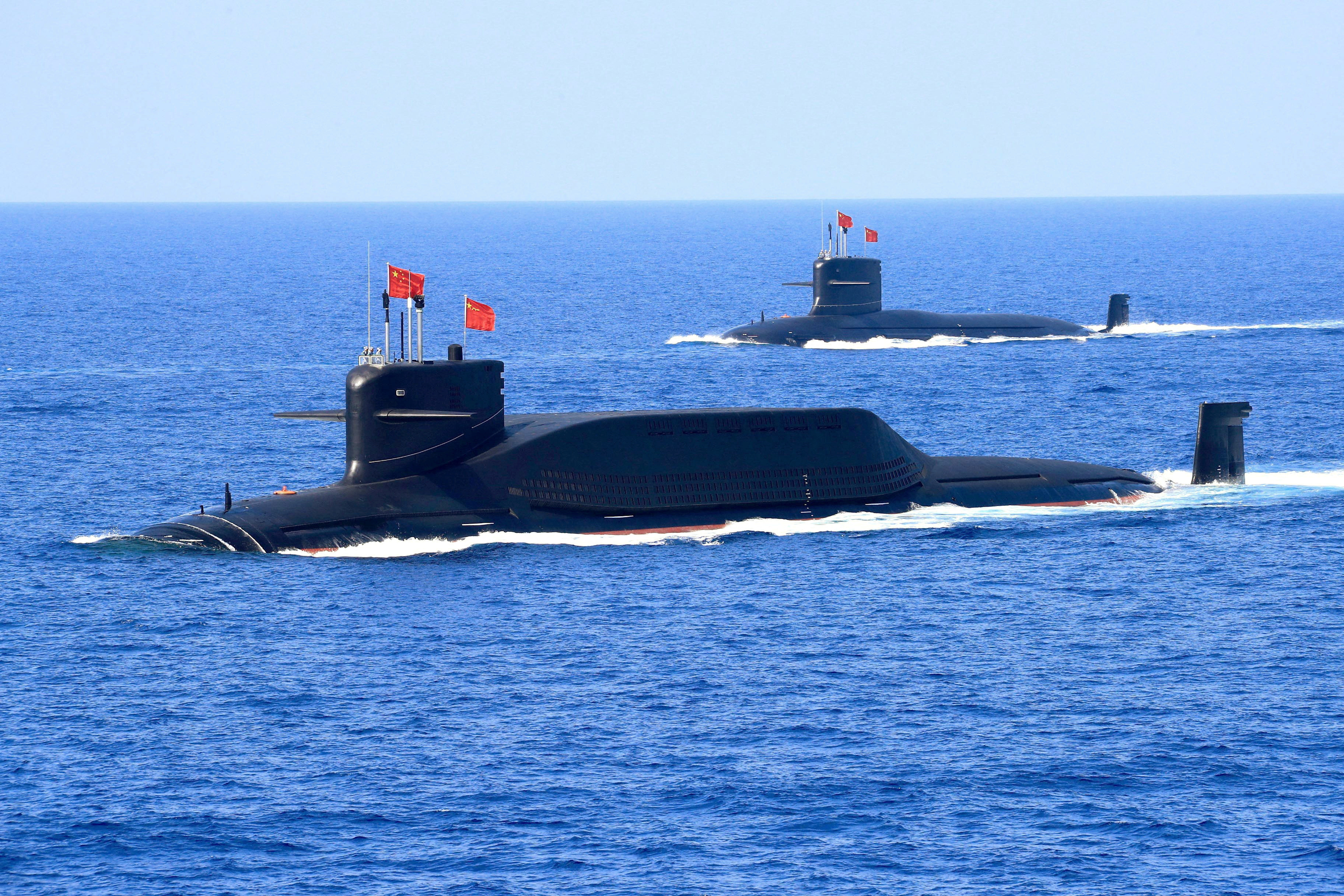

The negotiations between the Pakistani military and China regarding the strategic port of Gwadar have hit a significant roadblock. At the heart of the deadlock is Pakistan’s demand for nuclear second-strike capabilities from Beijing, a request that has not only stalled discussions but also highlighted the tensions in the Sino-Pakistani relationship.
Pakistan sought to leverage the strategic location of Gwadar Port, a key asset within the China-Pakistan Economic Corridor (CPEC), to secure advanced nuclear capabilities. A second-strike capability would significantly enhance Pakistan’s nuclear deterrence by ensuring the capacity to retaliate even after a devastating first strike, using nuclear-armed submarines or missiles in hardened silos. This capability is pivotal in modern nuclear strategy, aiming to dissuade potential aggressors by ensuring the certainty of counter-strike.
Continue readingSOURCE: AFI


Midhani, a premier materials research and development organization, has once again pushed the boundaries of materials science with the development of SN-41, a remarkable nickel-based precipitation hardening alloy. This superalloy boasts exceptional properties, making it a game-changer in various high-temperature and high-stress applications.
The robust properties of SN-41 make it an ideal choice for industries demanding high-performance materials. Its exceptional resistance to combustion gases, coupled with its superior strength and oxidation resistance, positions it as a crucial material for jet engine components.
Continue readingSOURCE: AFI


A groundbreaking algorithm developed by Rishabh Bhattacharya, a third-year engineering student at the International Institute of Information Technology, Hyderabad (IIITH), has caught the attention of the Indian Navy. This innovative solution, aimed at detecting and tracking flying objects such as helicopters, aeroplanes, drones, UAVs, and birds, could soon become an integral part of naval operations.
Rishabh’s algorithm was showcased at a nationwide competition hosted by the Indian Navy under the banner of “Swavalamban 2024,” an event dedicated to fostering innovation and self-reliance in defense technology. His work not only won him the first prize but also a cash award of Rs 3 lakh.
Continue readingSOURCE: AFI
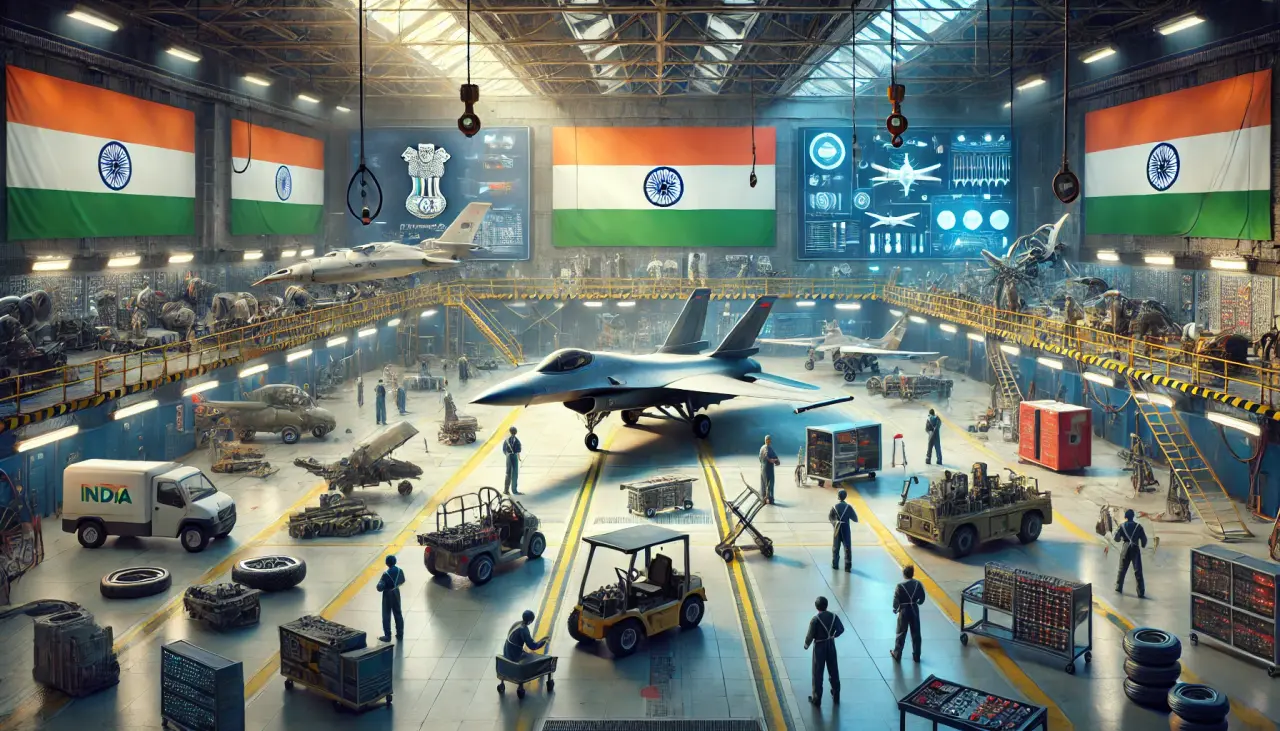

India’s defence maintenance, repair, and overhaul (MRO) sector is on the verge of a significant transformation, driven by strategic partnerships between global aerospace giants and domestic firms. Over the next five years, the sector is set to establish itself as a regional hub for military aviation maintenance, supported by policy reforms, a maturing industrial ecosystem, and an increasing reliance on indigenous capabilities.
The partnerships between global leaders like Lockheed Martin and Boeing with Indian companies such as Tata Advanced Systems Ltd (TASL) and AI Engineering Services Ltd (AIESL) are pivotal. These collaborations aim to create state-of-the-art MRO facilities that cater to both domestic and regional needs. The focus is not just on servicing Indian defence platforms but also on attracting international clients from the Asia-Pacific and Middle East regions, leveraging India’s cost-effectiveness and skilled workforce.
Continue readingSOURCE: AFI
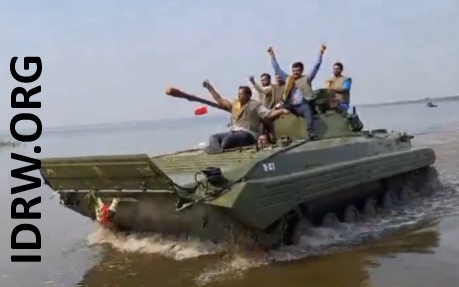

Armoured Vehicles Nigam Limited’s (AVNL) Medak unit has marked a significant milestone in its production quality assurance by successfully conducting flotation trials for the Sarath Infantry Combat Vehicle. This event highlights the unit’s dedication to delivering top-tier military hardware, specifically designed to meet the rigorous demands of modern combat environments.
The trials, held at Ordnance Factory Medak, involved rigorous testing to verify the Sarath vehicle’s amphibious capabilities. The vehicle was observed navigating through water bodies, showcasing its ability to float and move effectively across water surfaces. This capability is vital for military operations where troops might need to cross rivers or other water obstacles without the need for bridges or ferries, thus maintaining the momentum of an advance or retreat.
Continue readingSOURCE: AFI
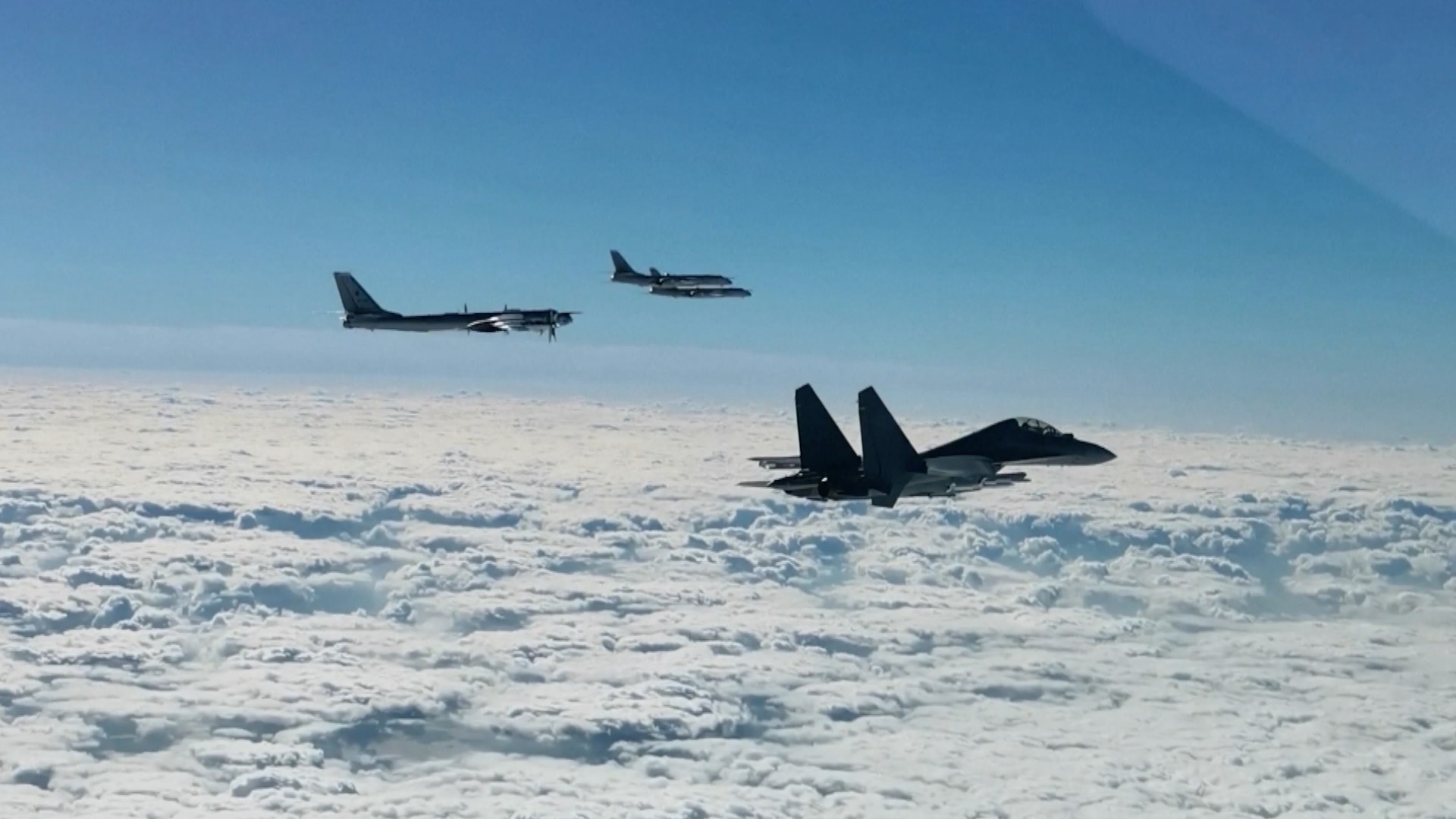

On November 29th and 30th, 2024, the Chinese and Russian air forces conducted joint patrols over the Sea of Japan and nearby regions. However, the operations did not go as planned, and the Japanese Self-Defense Forces (JSDF) exposed some startling inefficiencies in China’s military aviation capabilities. These events have underscored serious shortcomings in China’s military technology and strategy.
On the first day, a Chinese H-6N strategic bomber flew to the Sea of Japan to rendezvous with Russian forces. Typically, escort fighter jets accompany such missions for protection. However, China’s J-16 fighters escorting the bomber turned back after crossing the Tsushima Strait—about 900 kilometers from the Chinese mainland—leaving the bomber to continue alone.
Continue readingSOURCE: AFI


In a significant stride towards enhancing the operational capabilities of the Indian Army, Tata Advanced Systems Limited (TASL) has successfully delivered the first batch of 40 Tactical Access Switch (TAS) systems. This delivery is part of a larger contract to supply 100 systems, underlining TASL’s pivotal role in advancing India’s defence infrastructure.
The Tactical Access Switch is not just another piece of equipment; it’s a next-generation communication node designed to integrate and streamline voice, video, and data communications from the infantry level right up to Army Headquarters. This device is crucial for modern warfare, where real-time, reliable communication can mean the difference between success and failure on the battlefield.
Continue readingSOURCE: AFI


India has achieved another significant milestone in defense technology with the successful final experimental test of the Solid Fuel Ducted Ramjet (SFDR) propulsion-based missile system. Developed indigenously by the Defence Research and Development Organisation (DRDO), this cutting-edge technology is set to propel India’s capabilities in developing long-range air-to-air missiles.
The final test demonstrated the SFDR system’s flawless performance, achieving all mission objectives with precision. The test validated the missile’s propulsion system, guidance mechanism, and aerodynamic design under realistic conditions. The results confirm that the technology is now ready for integration into advanced missile systems, marking a major step toward self-reliance in high-performance missile technology.
Continue readingSOURCE: AFI


India, as a rising global power, faces complex geopolitical challenges that demand robust military capabilities. Major General S B Asthana, addressing the potential acquisition of Russia’s Su-57 stealth fighter, emphasized the necessity of state-of-the-art combat equipment for the Indian Armed Forces.
“For any country, an ideal composition of military equipment should include 30% state-of-the-art systems, 60% current-generation equipment, and only 10% obsolete inventory,” Maj Gen stated. This balanced approach ensures operational readiness while fostering technological upgrades.
Continue reading